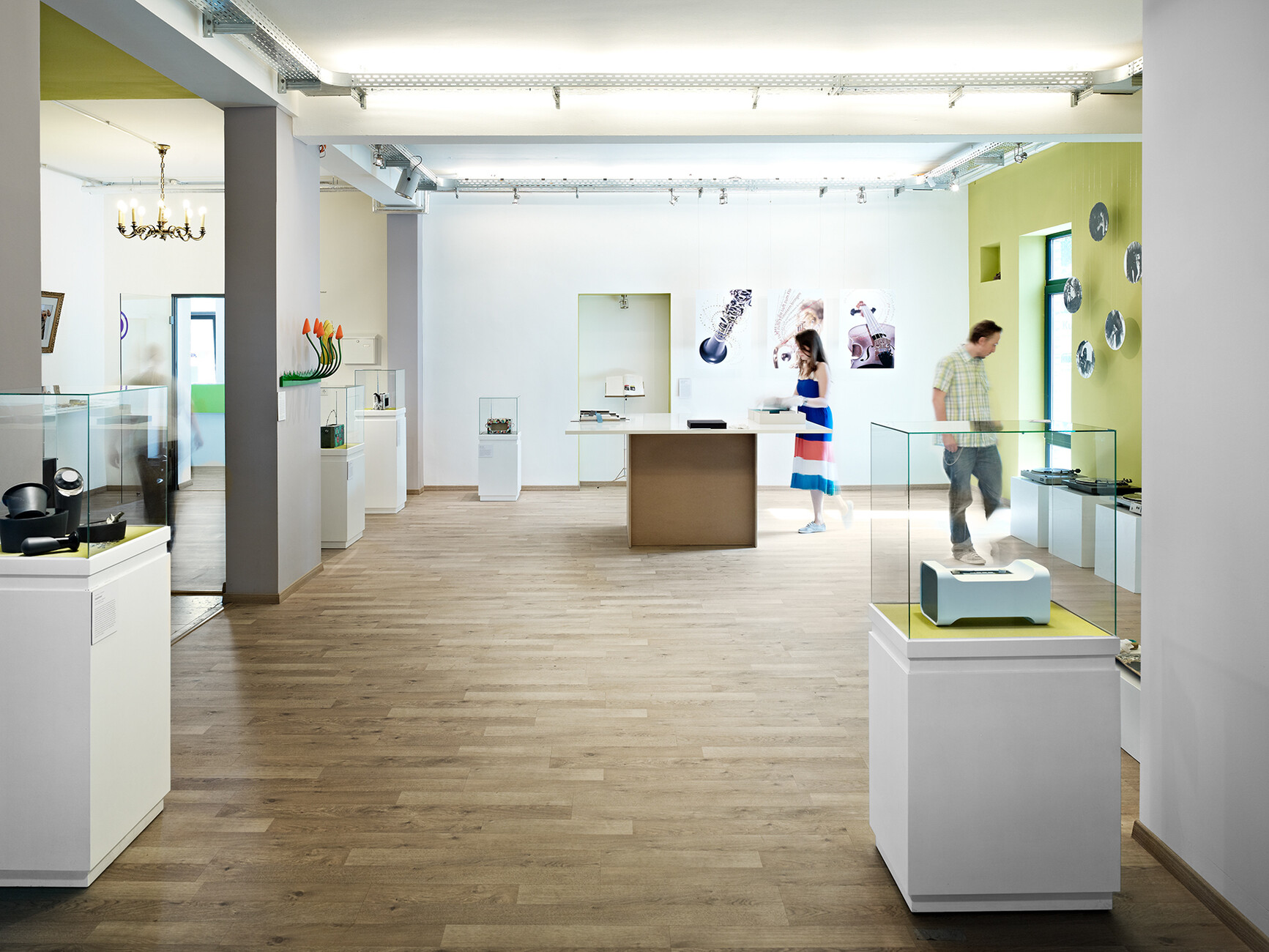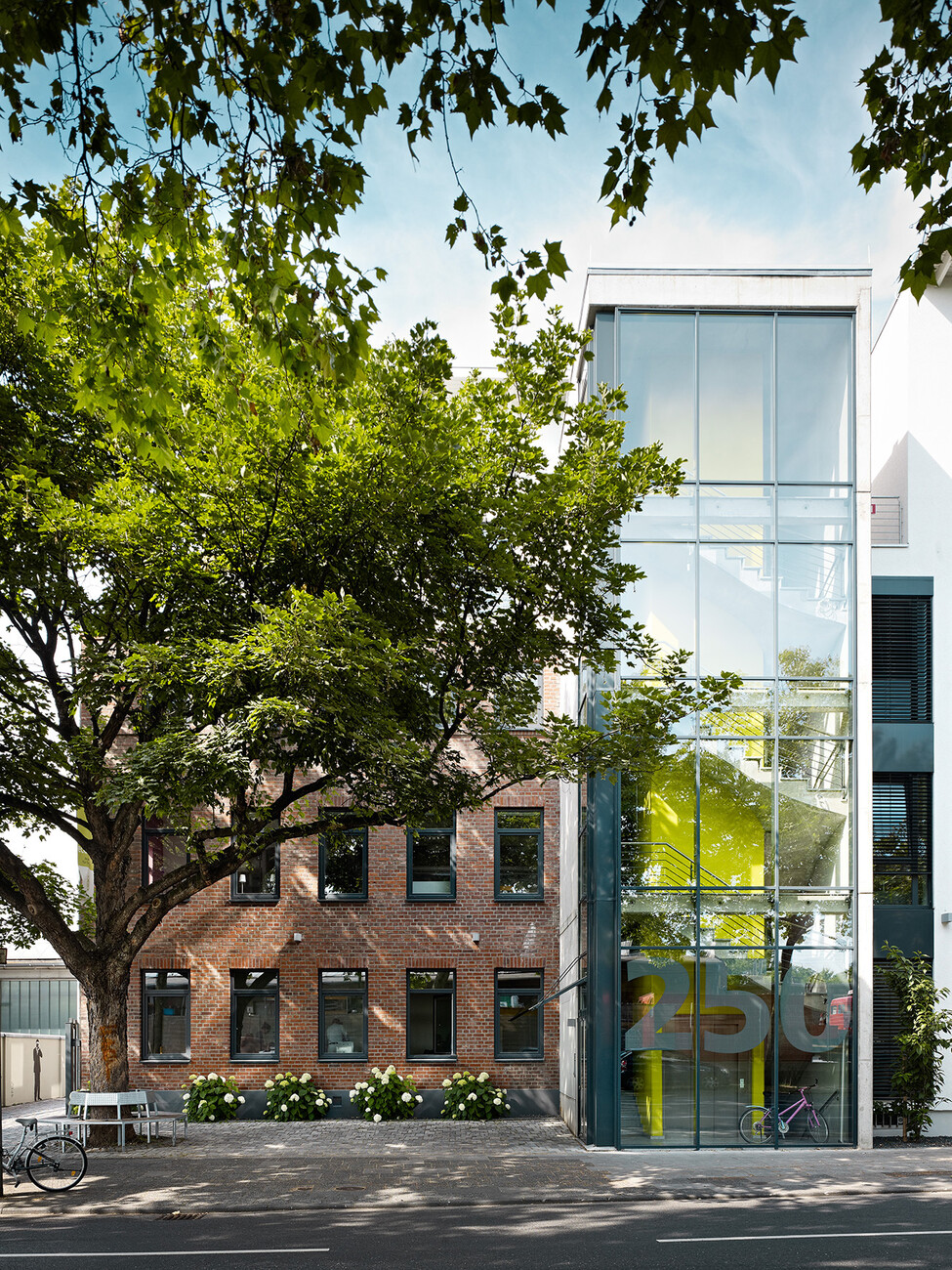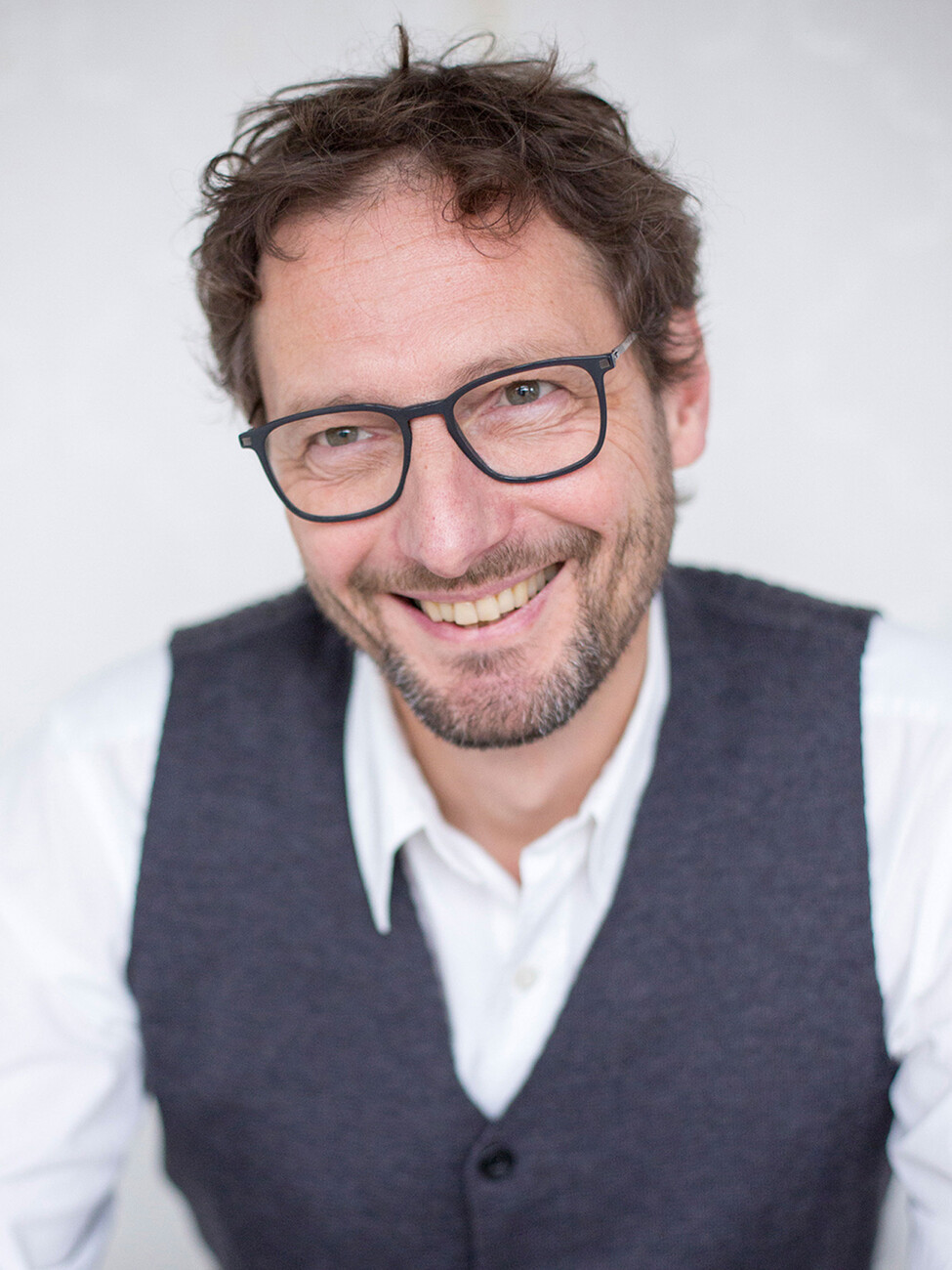SUSTAINABILITY
Search for meaning in design
Anna Moldenhauer: Prof. Gätjens, it has been possible to study "Sustainable Design" at ecosign since 1994. At that time the topic of sustainability was not yet in the social focus. What was the motivation behind the offer?
Prof. Jörg Gätjens: The school was founded by Prof. Karin-Simone Fuhs to promote social sustainability. She follows the teachings of the artist Joseph Beuys and sees the school as a kind of social sculpture that gives space to change society in a sustainable sense through teaching and education. Of course, there were already designers in the 1990s who dealt intensively with the issue of sustainability, such as Victor Papanek. The latter had already published articles and books on the attitude of designers before the foundation of the non-profit organisation "Club of Rome" in 1968 and the 1972 publication "Limits to Growth" by Dennis Meadows and Donella Meadows. The conclusion was that there is hardly any other profession that can do more harm. For him, only the advertising people were worse. Likewise, in the 1980s, with the writings of Lucius Burckhardt, there was a sociological approach to the formability of society through the conscious design of space. Since its founding, the academy has moved in the context of all these pioneering thinkers. Consequently, the courses offered take into account not only design practice but also design theory, philosophy and cultural studies in order to do justice to the complexity of the topic of sustainability, which spans the entire course of study. Above all, the focus is on sustainability.
ecosign is a private university and currently educates just under 300 students. Why did you decide to stay within this comparatively small framework?
Prof. Jörg Gätjens: Teaching simply works better in a familiar atmosphere. In the small courses, we can supervise the students more comprehensively and discuss matters intensively. The basic teaching also includes projects with up to twenty students each, which are realised in cooperation with industry and business. These courses automatically promote a direct exchange that quickly moves the students forward. In addition to the input of the lecturers, the discussion among the students is also important to us. That means we have a very determined feedback culture to teach how to use feedback for further development and how to evaluate the work of others yourself without hurting the person in question. This learning atmosphere and such individual support would hardly be possible on a larger scale. Since last summer, ecosign has been cooperating with the Fresenius University of Applied Sciences. Building on the previous Bachelor's programme, this also offered the opportunity to offer a complementary Master's programme in Sustainable Design. A qualification module enables students from other subjects to connect to the contents of the Bachelor's programme in order to qualify for the ecosign Master's programme. We regularly offer applicant days where you can get a good impression of whether studying at ecosign might suit you.
You have been teaching at the ecosign Academy since 2014, and since 2021 as a professor for product and interior design with a focus on sustainability. What is the best way to learn sustainability in design?
Prof. Jörg Gätjens: The subject is very complex and we also notice that the concept of design has been increasingly redefined in recent years. With our range of courses, we tie in with the Ulm University of Design, which has been promoting a scientific design discourse since 1953. In order to understand the problem of sustainability in depth, theoretical input is necessary. On this basis, one can design - from products to communication, from processes to social framework conditions. The approach is both interdisciplinary and transdisciplinary. That means it goes beyond the disciplines to the actors in (civil) society who are to use the design. Concepts then emerge in this permanent discourse and that is the basis of all design. If I have a good concept, I can't do too much wrong.
What influence do students have on the content of the curriculum?
Prof. Jörg Gätjens: We take suggestions from the students and turn them into offers - it is a permanent exchange. We also learn a lot from the students, because they bring a great interest in sustainability into the training from the outset. This sharpens our view of current issues and we can show them how to productively direct their own commitment. Sustainability in design is not a fixed academic discipline, but a common search and further development. In order to approach sustainable design, it is always necessary to think through the entire product life cycle, from the raw material to the social conditions of production to the cycle of recycling. Circularity in particular is a big issue. This also includes the critical questioning of one's own idea, because sometimes it cannot be translated into a product alone, but also requires the stimulation of a social process, which I help to shape through my approach. For example, a final paper by an Ecosign student asks why we buy drinking water in supermarkets in Germany, which sometimes requires long transport routes, instead of drinking tap water, which is the best-monitored food in this country. To change this habit, we need a social rethink, an incentive - such as water glasses printed with the popular names for tap water and packaged sustainably as well as aesthetically.
How has the students' view of sustainable design changed in recent years?
Prof. Jörg Gätjens: If you leave the current pandemic as a major topic aside for a moment, what remains at the core is the search for the right approach, for the meaning of design. Many students enter their training with the idea of wanting to design sustainable furniture and then, in the course of their studies, come to the question of whether it is needed at all. Enzo Mari already amazed me a lot more than 20 years ago when he asked: "Everything I produce is tomorrow's rubbish, how can I still design?". Not only did he have a very decided social point of view, but his projects were also shaped in terms of sustainability. What is added to this is a sharpened view of the young generation, strengthened by currents like "Fridays for Future". They want to know how they can use their creativity for sustainable change in society and what knowledge is important for this. This ranges from an understanding of systems to mediation. We won't achieve anything with a renunciation debate; other approaches are needed.
You are an industrial designer yourself. What is important for you to teach in your apprenticeship with a view to your future professional life?
Prof. Jörg Gätjens: We offer insights into practice for the linking of teaching and profession in the project work. In addition, our priority is to train designers. That's why no two courses of study are the same. There is already a fixed study programme, but within this an individual focus is possible. For example, a course of study at ecosign can begin with content from product design and be freely combined with courses in photography, illustration and typology. The students should use the interdisciplinary offer to find out which contents interest them and where they want to focus for a professional perspective. It is about self-discovery in the context of sustainable design. Only when this has taken place can one be professionally successful as a designer afterwards.







